Fell ponies: Resilient, surefooted, sensible — and absolutely adorable
A royal favourite, the hardy and hairy little Fell pony can pull a sledge, emerge alive after weeks in a snowdrift and win hearts with a glance. Julie Harding celebrates the breed society’s 100th anniversary.
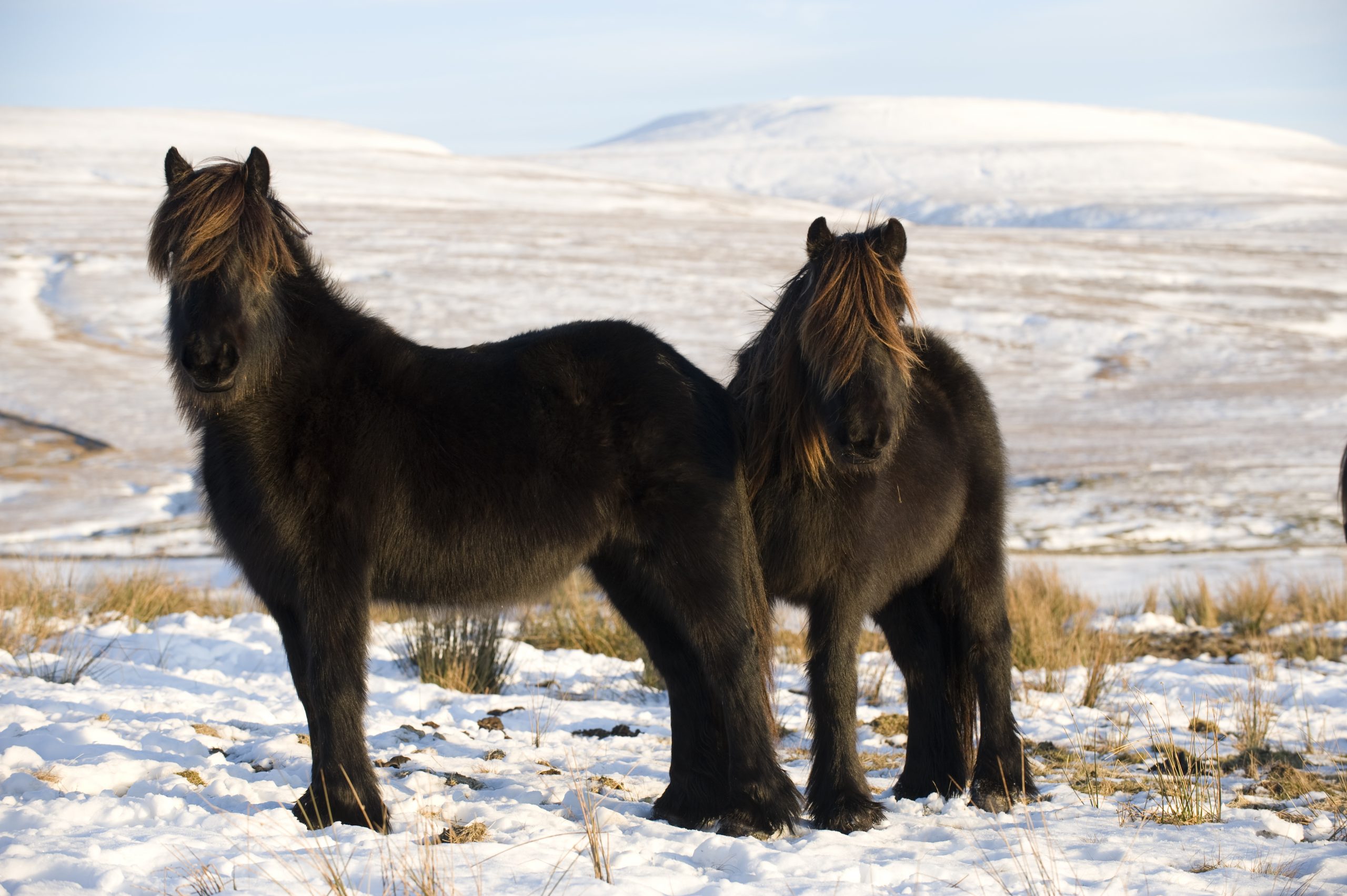
Fell ponies wear their tresses long. A voluminous mane reaches to the shoulder. An elongated forelock can cover eyes and sometimes a whole face. A full tail, often with crimp and kink, almost skims the floor. Feathers add magnitude to lower legs. In the wild, as far removed as it is possible to imagine from the sleek specimens seen in the show ring, ponies are enveloped in dense coats during leafless, desolate winters.
In fact, these hirsute equines hail from the exposed fells of the now defunct counties of Cumberland and Westmorland (modern-day Cumbria), where the numbing wind can gust and rain cascade onto hillsides in torrents, meaning that being wrapped up warm by Mother Nature is de rigueur.
Apparently, during the grim winter of 1947, when gigantic snowdrifts cut off communities, a herd became stranded in a hollow and yet, seven weeks later, emerged alive. This anecdote illustrates the hardiness of these diminutive (up to 14hh) native ponies, which, to the untrained eye, could be confused with their close cousin the Dales. Once two peas in the same breeding pod and, indeed, offspring of the same foundation stallions, Fells are today more pony-like and petite than their equine near neighbours.
Resilience is only one reason why Fells, which come in predominantly coal-black colourways, but also in bay, brown and grey, are so cherished by owners.
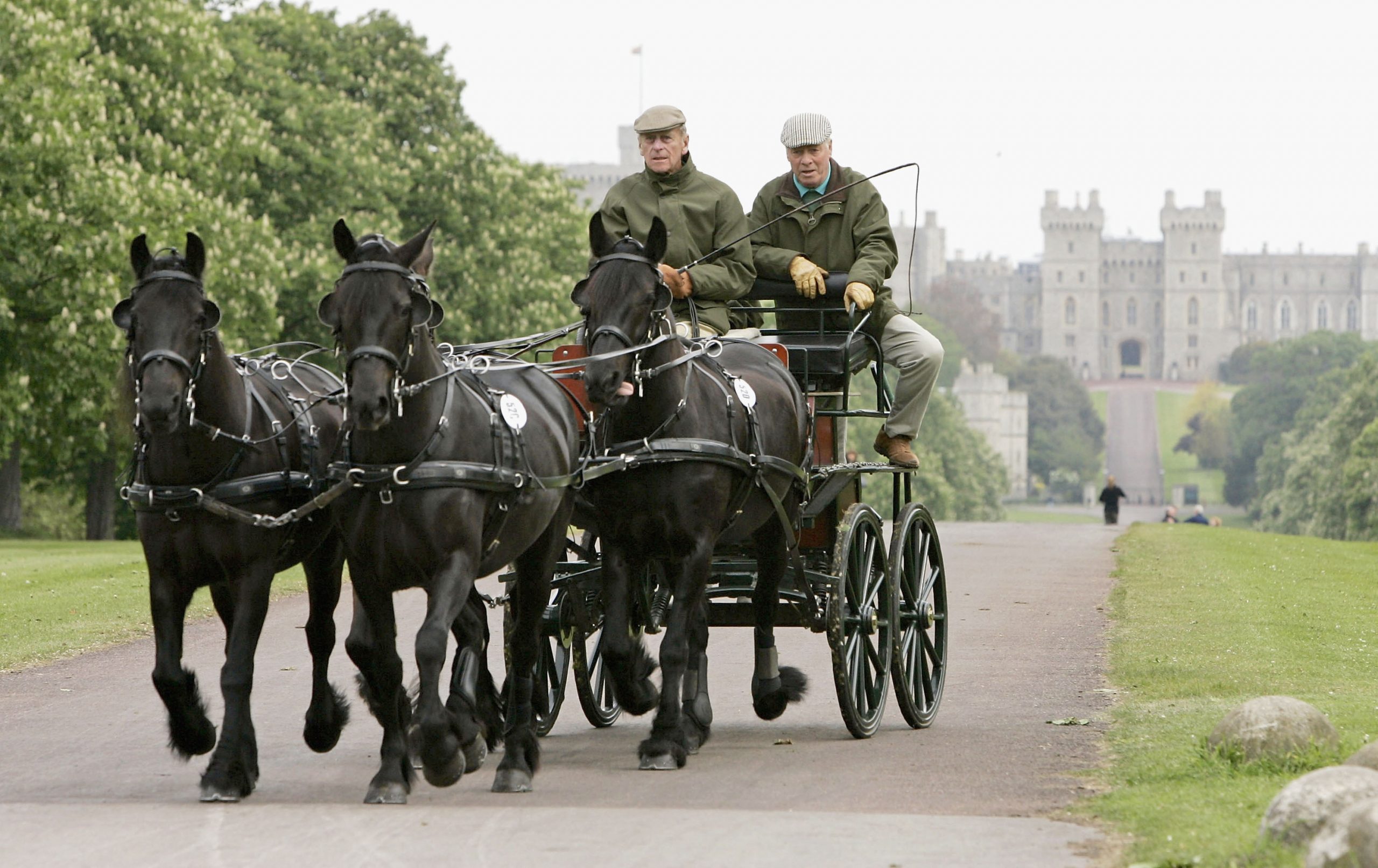
Equally, they are loved for their intelligence, can-do attitude, surefootedness, soundness, great ground-covering trot stride and sensible natures (sometimes with a GSOH thrown in, prompting some to say that they aren’t particularly suitable as children’s ponies), as well as versatility in myriad disciplines, from driving to pony racing—or even logging on farms. The exceptional Fell, it seems, can inveigle its way into affections and hang around resolutely for an entire lifetime.
One such devotee is The Queen, who, as a teenager, cut a dash in the arena at Royal Windsor driving Windsor Gypsy, put first to a governess car (in 1944) and then, a year later, to a low Victoria phaeton. The future monarch was no doubt already familiar with the breed, for there are records of her grandfather, George V, buying Fell ponies in 1934.
Fascinating facts about Fells
Fell ponies can trace their beginnings in Britain back to the Romans and the Friesian horses they brought with them
The Fell pony’s ancestors worked hard through the centuries, being employed variously for farming, pulling sledges for the Vikings and pack work, not least during the wool trade
It is believed that Cistercian monks introduced the now increasingly popular grey version. White signalled monastic ownership
Famous owners (beyond the obvious) are fairly few and far between, but former Top Gear presenter Richard Hammond’s family has owned Fells
At last year’s Fell Pony Society sale of registered animals, ponies of four and upwards sold for an average of 2,800gns; those of one to three years old sold for 1,900gns
In 1982, Her Majesty became patron of the Fell Pony Society (FPS); in 2016, 135 Fell ponies formed a guard of honour at Windsor to mark her 90th birthday; and, during her eighth and ninth decades, she has occasionally been pictured in the press astride a steady Fell enjoying a quiet hack.
Sign up for the Country Life Newsletter
Exquisite houses, the beauty of Nature, and how to get the most from your life, straight to your inbox.
Her favourite mount is Carltonlima Emma, but, with that mare ageing, The Queen has now also taken to hacking Farleton Fern, whose dam, Townend Dusk II, came from the Townend Stud, which nestles in the Cumbrian Fells.
The Westmorland Gazette reported the former owner of Farleton Fern to be Claire Simpson, press officer of the FPS, who was ‘approached and asked if I had an older experienced driving pony which might go in the Duke of Edinburgh’s team’. (The Duke began driving Fell ponies in the 1970s and went on to become a staunch ambassador for the breed.) Miss Simpson had purchased Townend Dusk in foal, with the resulting offspring, Fern, broken for both riding and driving and also shown before her sale, in 2020 aged 10, to the royal stables.

Miss Simpson remains resolutely tight-lipped when it comes to revealing further details about Farleton Fern’s sale, but she is happy to divulge that her own love affair with the breed began when she was a child and her grandfather gave her a pony called Askham Gate Ebony.
‘I initially rode him on the fell near Shap, but he was quite feral and challenging. Eventually, he started to behave and he became a talented all-rounder,’ says Miss Simpson, who later took a 10-year break from riding and, being nearly 6ft tall, decided that a 17.2hh Thoroughbred would best suit her return to the saddle. ‘But that horse spent a lot of time losing shoes or damaging himself and so I sold him and decided to purchase young Fells to produce and sell on—and make a fortune. I bought Foggy Gill Jack Flash from Kirkby Stephen horse sale at 4½ months old. He’s still with me 31 years later, so my plan didn’t quite work out.’
Despite the media’s pictures of The Queen helping to shine a spotlight on the Fell pony—and the FPS toiling on promotion—the Rare Breeds Survival Trust still lists Fells in its ‘At Risk’ category. The FPS reports numbers ‘rising steadily’, however, and foal registrations exceeding 400 per year.
The FPS itself became a committee in 1918, with members voting to form a society during a meeting at the Crown Hotel in Penrith on October 10, 1922. Celebrations to mark this centenary year are set to give demand and numbers a further fillip, with two launch events of parades of Fells at the Royal Windsor Horse Show and at the Stallion Show at Dalemain in May on the agenda, plus a ‘100 Miles with a Fell Challenge’ for keen owners, a ball, branded merchandise and a book entitled A Century of Fells.
That book’s author is Sue Millard, also editor of The Fell Pony Society Magazine and a former grassroots driving competitor. She believes that the society’s many successes include ‘keeping the pony true to itself, widening interest in this little-known northern breed and helping to progress the research into foal immunodeficiency syndrome, which is slowly being eradicated’.
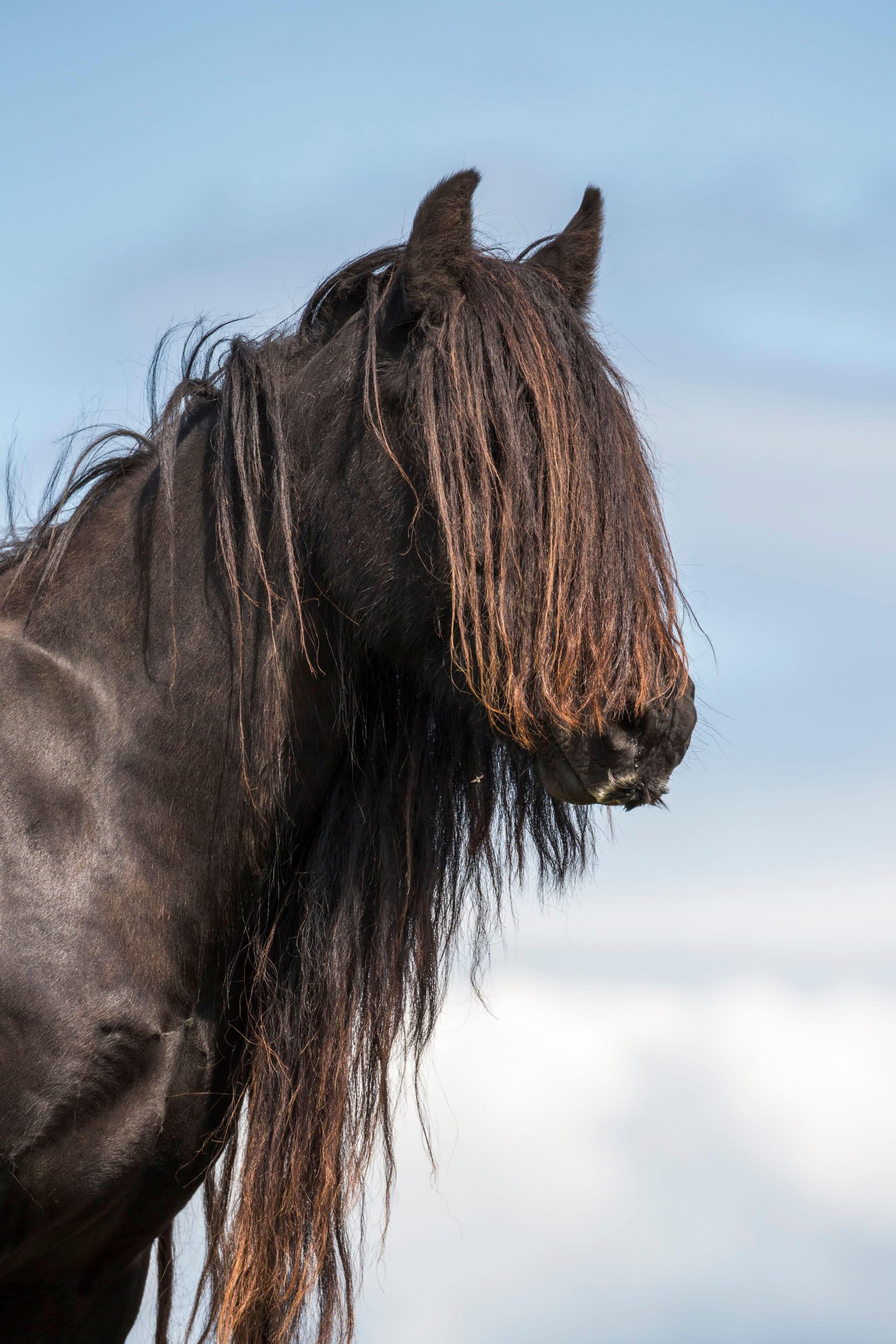
Mrs Millard’s own life has been brightened by Fell ponies, discovered when, aged 16, fate brought her into contact with ‘a super-agile, lively and up-to-weight 13.3hh’ model when pony trekking near Keswick in Cumbria. Today, she owns a bright-bay mare called Coppyhill Suzanne [Ruby] who is 27 years young.
‘I bought her aged nine, broken only to saddle. A friend charged me £100 and, in 10 days, we turned her into a driving pony,’ explains Mrs Millard. ‘Fells have good brains. If they can see a purpose in what you're asking, they’ll take on anything without a fuss. Ruby has also learnt to open and shut doors and gates. She would let herself out of her stable and wander into that of my late gelding, Mr T, to see if he had any spare hay.’
Paul Metcalfe, vice chairman of the FPS, is celebrating a personal milestone—half a century’s connection with these multi-talented natives. He and his family, including daughter Anna and niece Alex Robinson, have collected masses of rosettes and silverware in the show ring over the years.
Beyond the competitive fray, however, the sight of ponies on the Fells gladdens Kendal-based Mr Metcalfe’s heart. ‘It’s inspirational to see them in their true landscape and my passion is sustained because the ponies are bred in this area. Sometimes, I’ll head up the hills with the breeders and see if I can spot a nice pony to buy.’
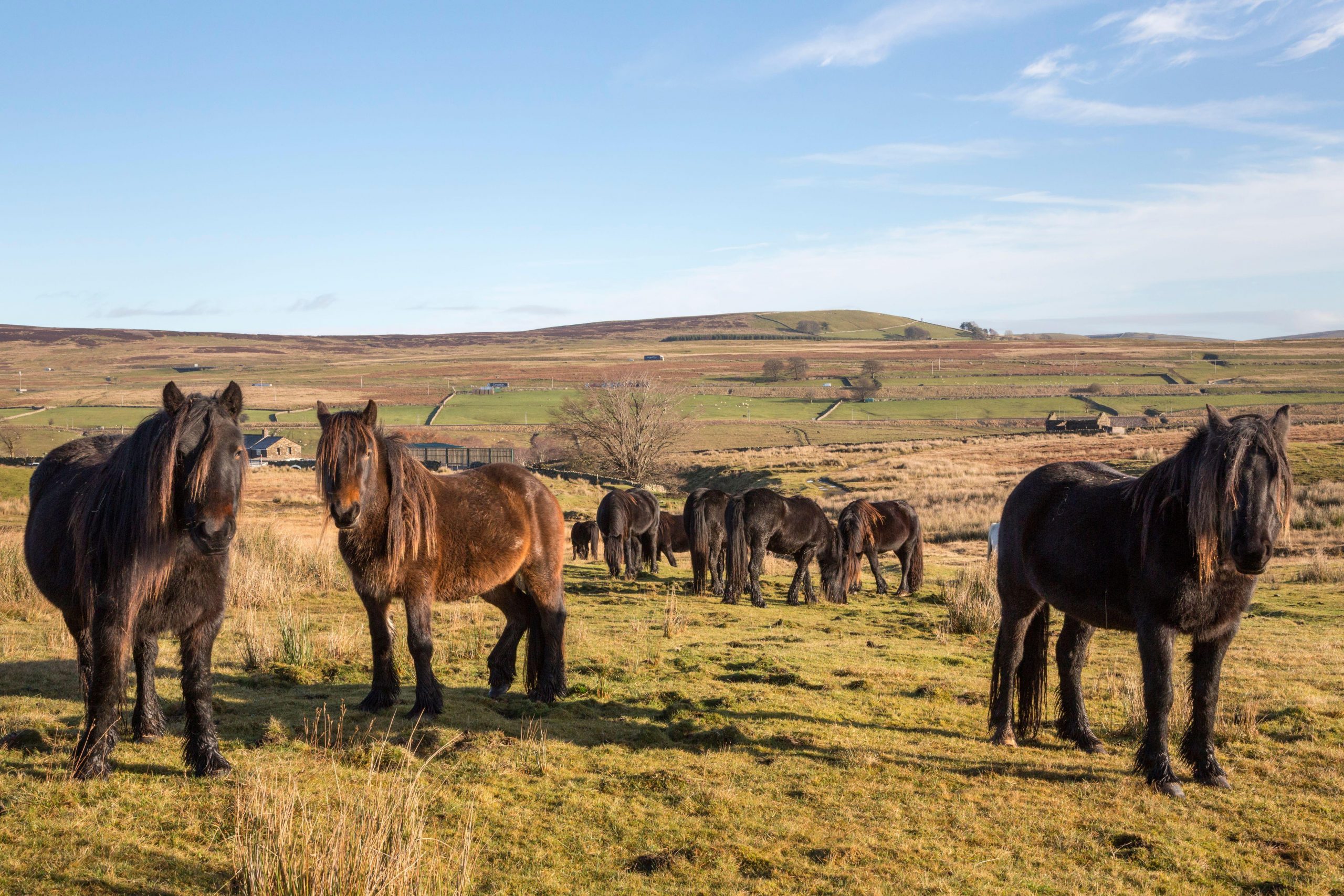
Katie Raine and Lunesdale Black Ice II have also been cleaning up on the show circuit. The 13.2hh, 14-year-old stallion—Miss Raine’s 18th-birthday present—has multiple achievements on his CV, including supreme champion at the 2018 Rare Breeds of the Year Show.
‘He’s the main reason for my love of Fells,’ admits Miss Raine, whose late grandfather, Jack Brougham, was head boy in charge of the pit ponies at Howden Colliery. ‘He encountered a few Fells in his life, too.’ As for Ice, she notes: ‘He rides, drives, covers mares, goes fast or slow and I can put my sister on him and she’s not really a rider. I even ride and lead the youngsters from him. I’ve had 10 offers for him. Ice’s breeder, Bert Morland, wanted to buy him back. He calls him “the one who got away”.’
Vyv Wood-Gee takes her Fells further afield than most, her three longest rides having seen her venture from Land’s End to John O’Groats, Skye to London’s Smithfield Market in drovers’ footsteps and around Britain taking in historic horse landmarks.
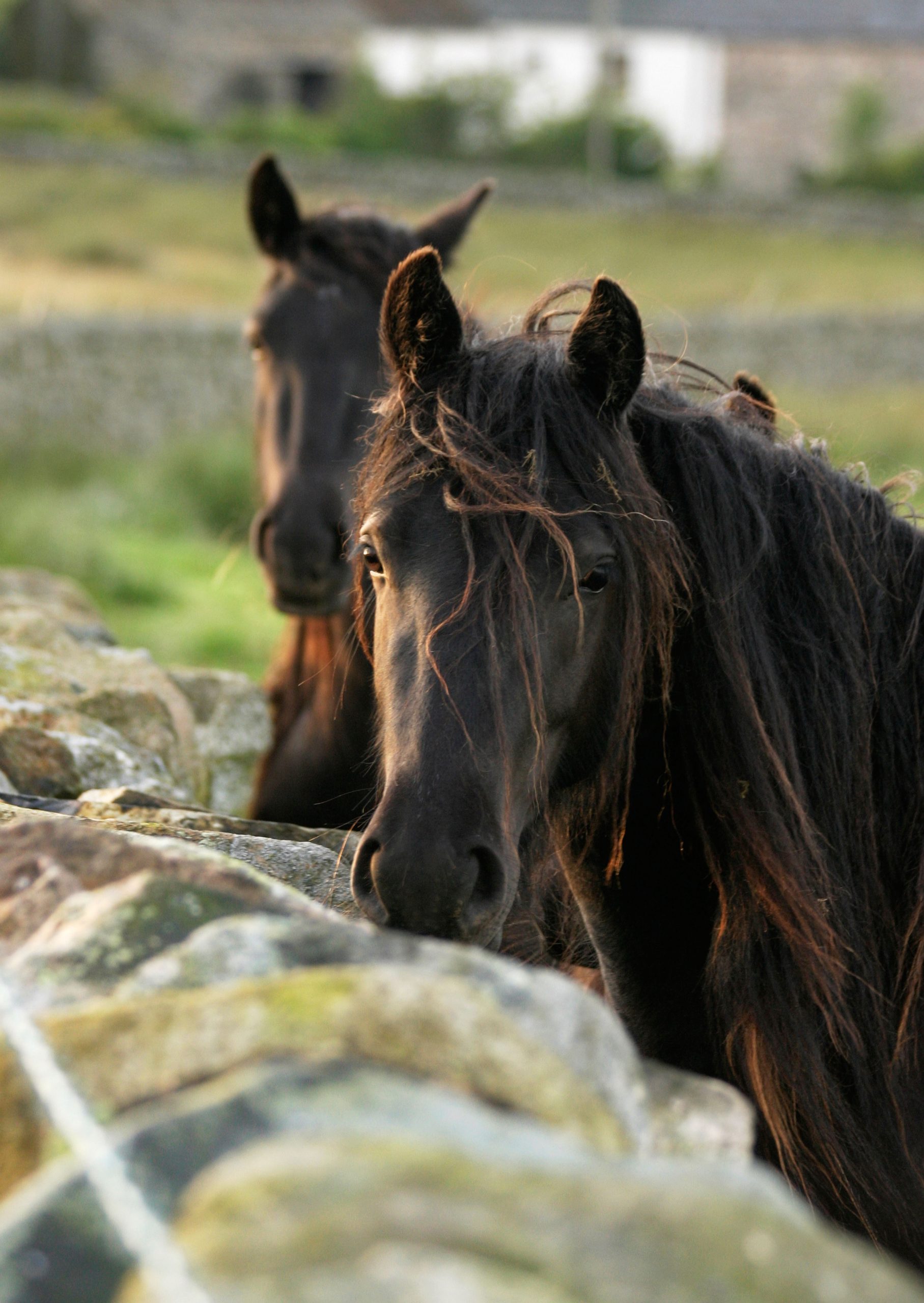
Her mount is Murthwaite Mikado (‘Micky’), with Murthwaite Magic Spell carrying supplies. ‘They aren’t the fastest equines in the world, but they have incredible stamina,’ reveals Mrs Wood-Gee. ‘One night, you can turn them out on lush grass and the next on a desert and it doesn’t affect how they behave. They also have native cunning and would never take you into a bog. All in all, they’re tremendous travelling companions.’
The countryside-management consultant purchased Micky, now 24, as a youngster. ‘I viewed him on a hill, saw this naughty eye looking out from under a long forelock and I knew that this was the pony for me.’
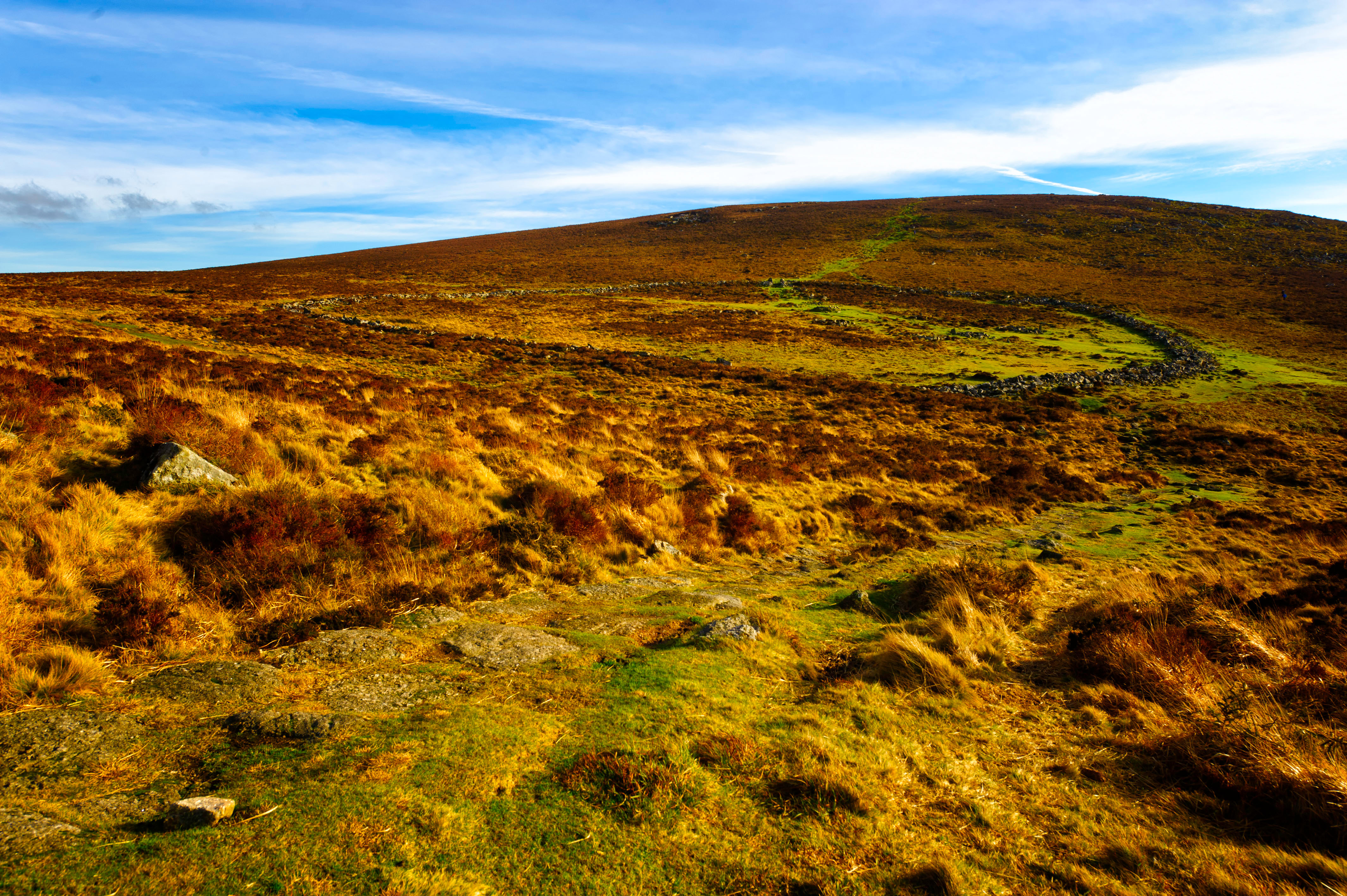
Walking on Dartmoor: 'Ponies, sheep and cattle have created an extraordinary upland landscape, but there’s now fear among the commoners'
The people who manage the evocative Dartmoor landscape are facing challenges, says Fiona Reynolds.
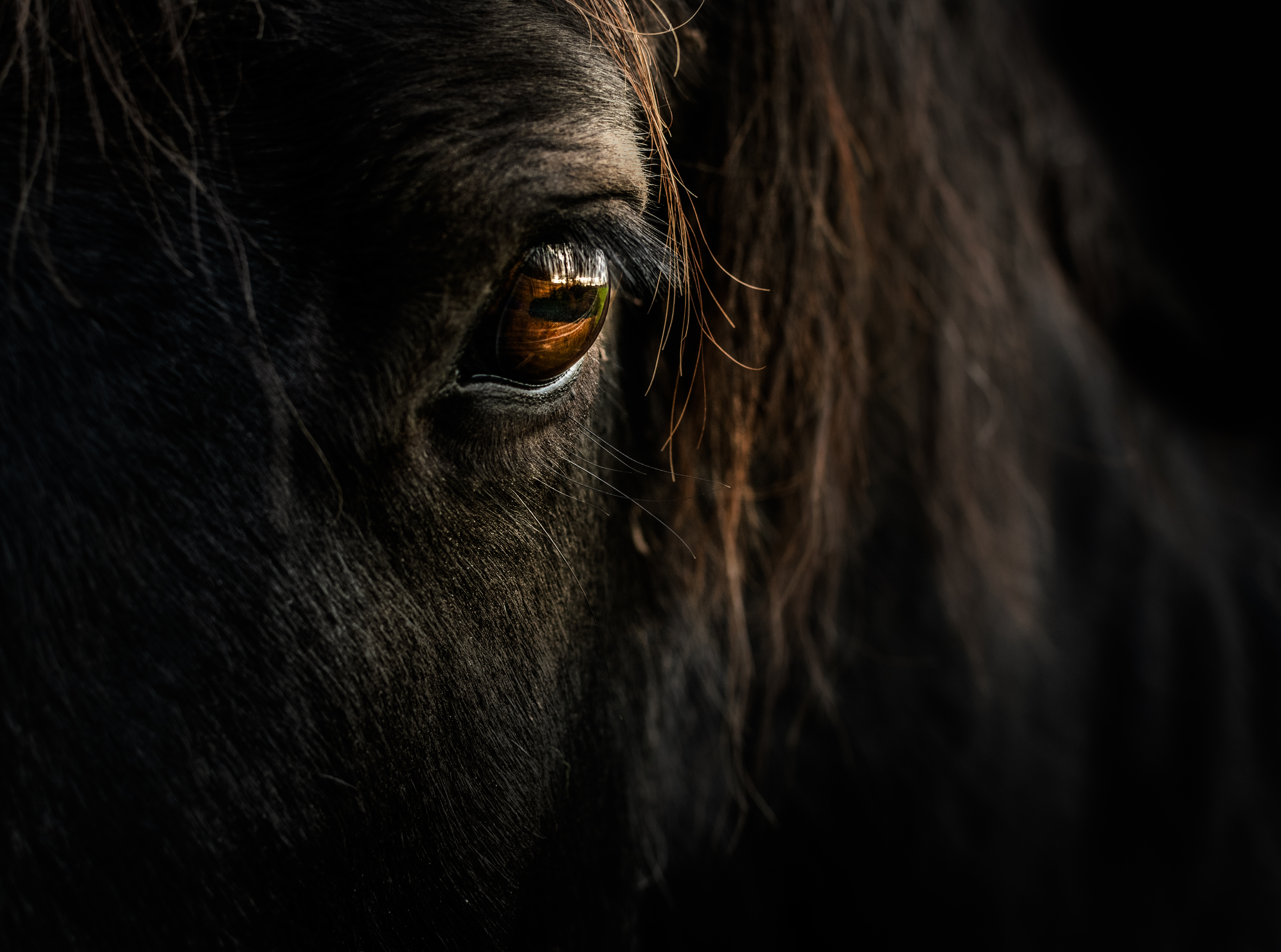
Credit: Getty
Curious Questions: Can horses really heal humans?
The claims made for how horses help humans get over all manner of trauma stretch back to ancient times. Pippa
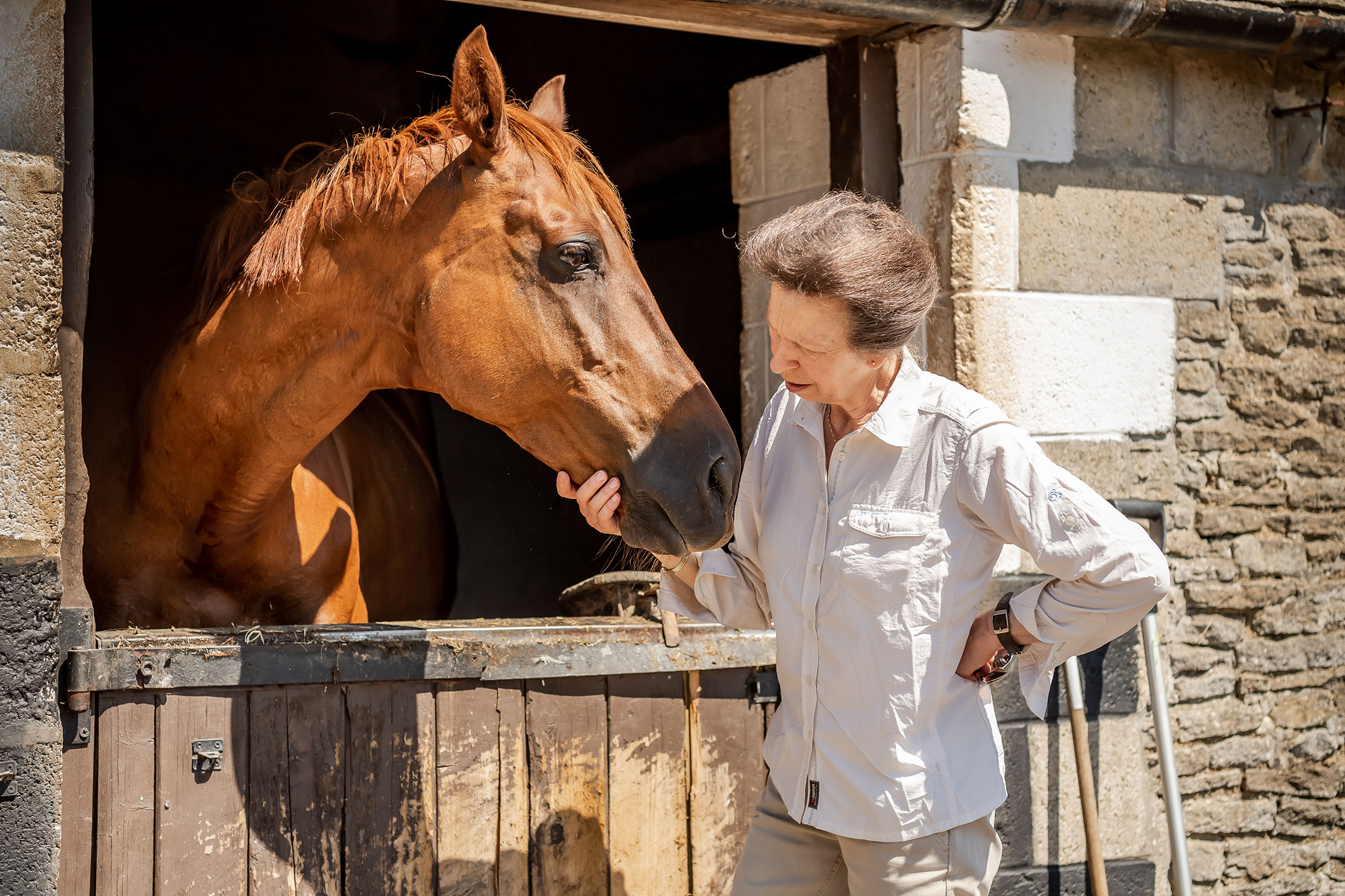
The Princess Royal's horses at Gatcombe: 'They have to do something useful'
HRH The Princess Royal has been involved with horses throughout her life. Kate Green went to Gatcombe Park to speak
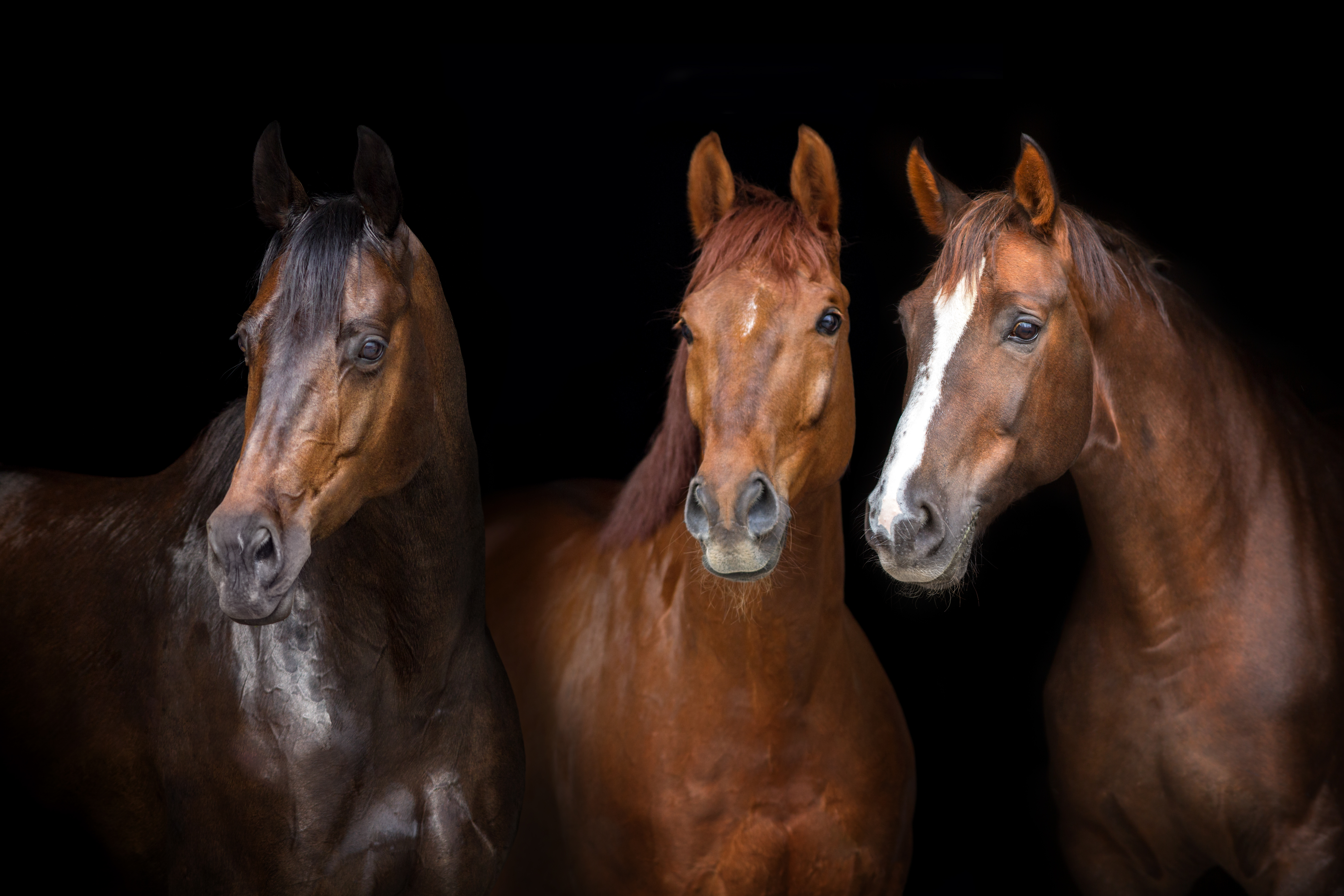
Credit: Getty Images/iStockphoto
Why we love horses: The 40,000 year story of people and their steeds
Equus caballus has served us for millennia on the land, the battlefield and in the sporting arena, so it’s no
-
 Some of the finest landscapes in the North of England with a 12-bedroom home attached
Some of the finest landscapes in the North of England with a 12-bedroom home attachedUpper House in Derbyshire shows why the Kinder landscape was worth fighting for.
By James Fisher
-
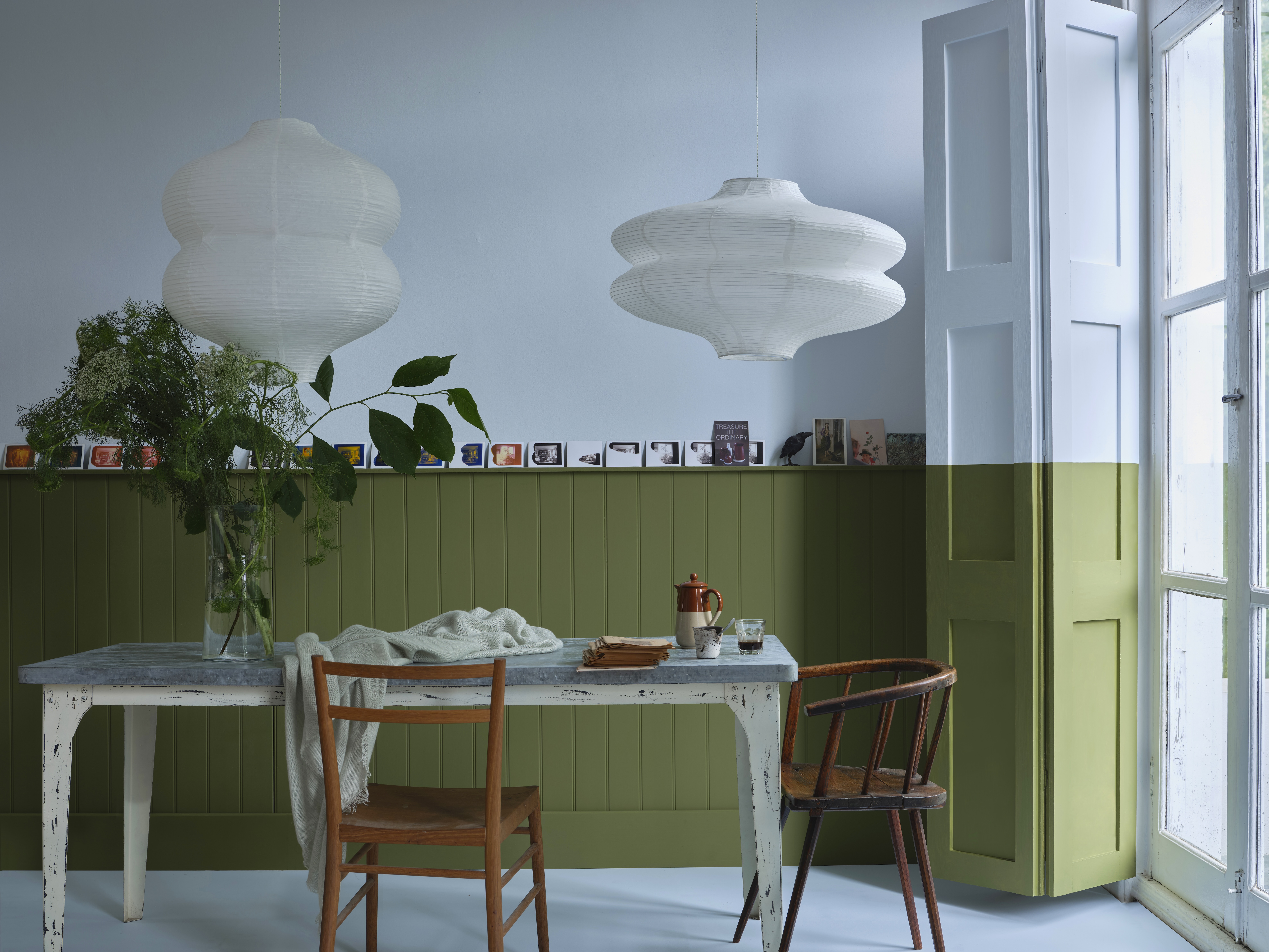 John Sutcliffe — The man, the myth and the paint-naming legend behind Dead Salmon and Elephant's Breath
John Sutcliffe — The man, the myth and the paint-naming legend behind Dead Salmon and Elephant's BreathBy Carla Passino